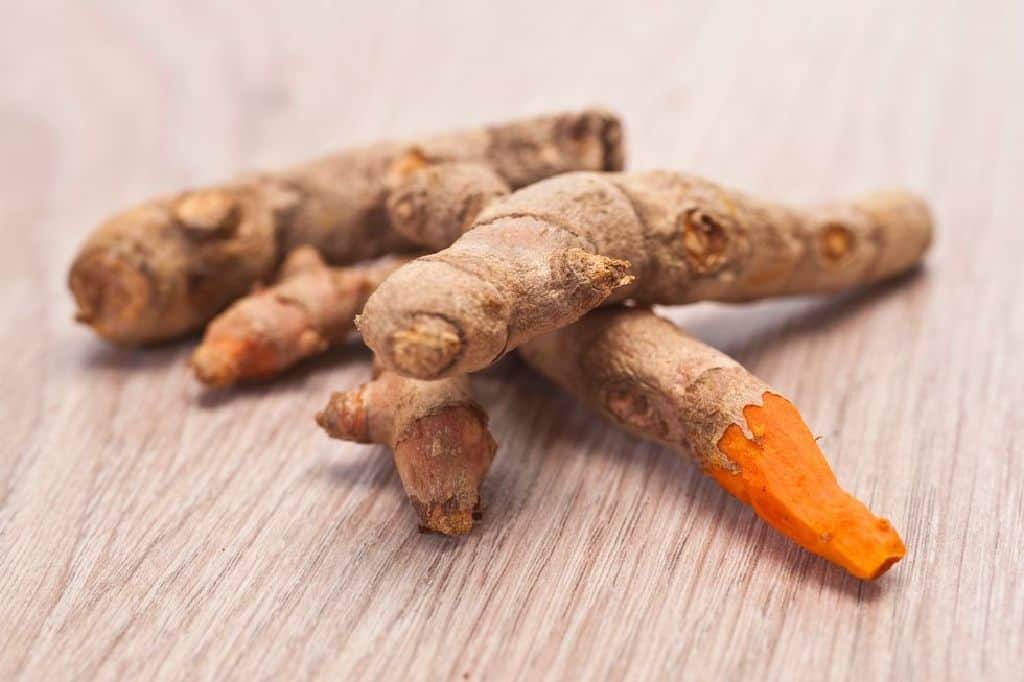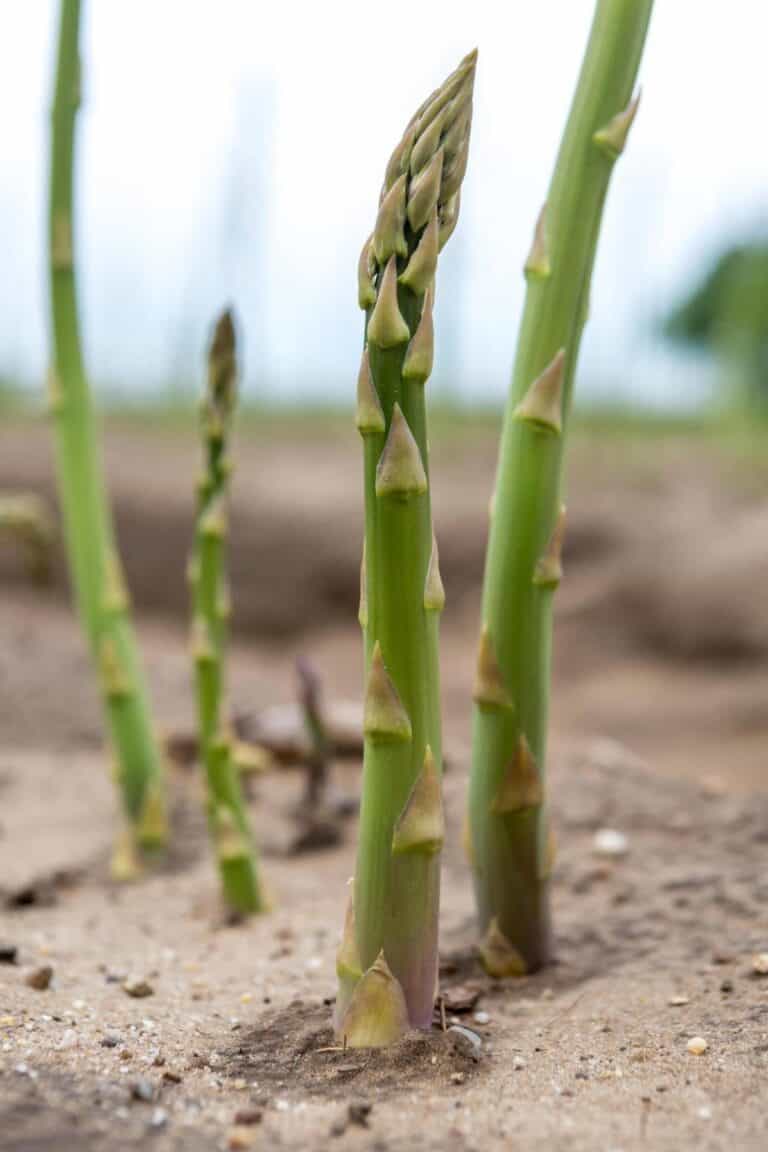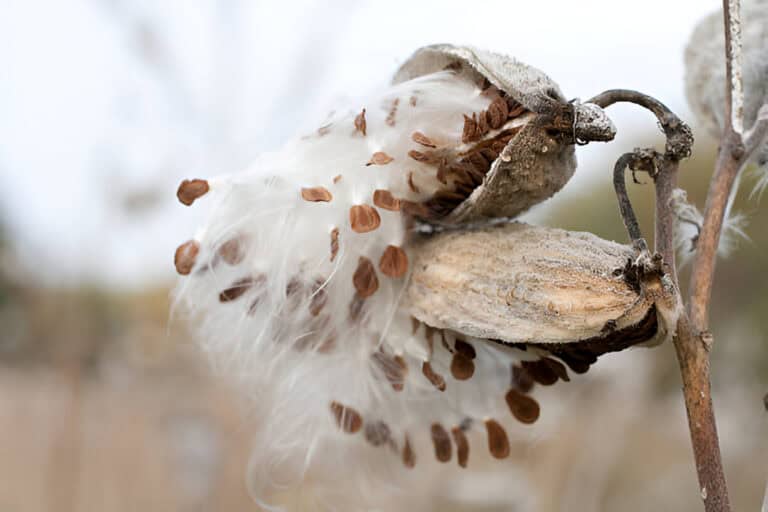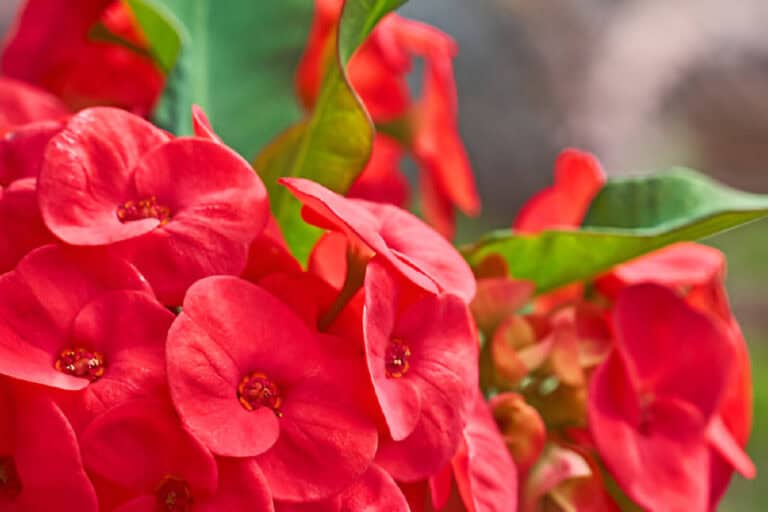Grow Turmeric From Store Bought: Easy Guide to Plant

Growing turmeric from store-bought rhizomes is an enjoyable and rewarding gardening project. Known for its vibrant color and health benefits, turmeric is a fantastic addition to your home garden.
Imagine having fresh turmeric at your fingertips, ready to spice up your dishes with its vibrant flavor and health benefits! In this article, we’ll walk you through an easy-to-follow guide on how to grow turmeric from store-bought roots.
This guide will walk you through the process, offering tips and tricks to ensure your turmeric thrives. Whether you’re an experienced gardener or a novice, you’ll find everything you need to know about planting and caring for turmeric.
Why Grow Turmeric at Home?

Turmeric, a staple in many cuisines, is prized for its anti-inflammatory and antioxidant properties. Growing it at home ensures you have a fresh supply of this powerful spice. Here are some benefits:
- Health Benefits: Fresh turmeric is packed with curcumin, a compound with numerous health benefits.
- Cost-Effective: Growing your own turmeric can save money in the long run.
- Sustainability: Reduces the carbon footprint associated with transporting turmeric.
- Educational: Learn about plant growth and enjoy the satisfaction of cultivating your own spices.
Selecting the Right Store Bought Rhizomes
The first step in growing turmeric is selecting the right rhizomes. When shopping for turmeric, look for plump, firm rhizomes with plenty of “eyes” or growth nodes.
Characteristics of Good Rhizomes:
| Feature | Description |
| Firmness | Rhizomes should be firm, not soft or mushy |
| Eyes | Look for rhizomes with multiple growth nodes |
| Size | Larger rhizomes have more energy for growth |
| Color | Vibrant orange or yellow indicates freshness |
Growing Medium to Replant Turmeric from Grocery Store
When replanting turmeric from the grocery store, you need to pick the right growing medium. It is essential for success. Turmeric prefers a loose, well-draining soil that is rich in organic matter.
A mix of potting soil, sand, and compost is ideal. It has the needed nutrients and ensures good drainage and aeration. This combination helps prevent waterlogging, which can cause the rhizomes to rot.
Avoid using heavy clay soils, as they retain too much water and lack proper aeration. Instead, opt for a light, loamy soil that allows the roots to spread and absorb nutrients effectively. To further enhance the growing medium, consider adding organic mulch on top of the soil. Mulch helps keep soil moist. It stops weeds. It also breaks down to add organic matter to the soil.
Ensuring the soil pH is slightly acidic to neutral, between 6.0 and 7.0, is also important. You can test the soil pH using a home testing kit and adjust it if necessary by adding lime to raise the pH or sulfur to lower it. Doing this often is key. It can up the soil’s nutrients, and help turmeric grow.
Preparing to Plant Turmeric
Step-by-Step Guide
- Choosing Rhizomes: Select fresh, plump rhizomes with several eyes.
- Cutting Rhizomes: Cut the rhizomes into pieces, each with at least one eye.
- Soaking: Soak the pieces in water overnight to stimulate growth.
- Preparing Pots: Use large pots with good drainage, filled with a rich potting mix.
List: Steps for Preparing Turmeric for Planting
- Select fresh, plump rhizomes.
- Cut rhizomes into pieces with at least one eye each.
- Soak pieces in water overnight.
- Prepare large pots with rich, well-draining potting mix.
Planting Turmeric
Initial Planting Phase
- Planting Depth: Plant the rhizome pieces about 2 inches deep in the soil.
- Spacing: Space the pieces 12-18 inches apart to allow for growth.
- Watering: Water the soil thoroughly after planting, but avoid waterlogging.
Table: Planting Turmeric
| Step | Description |
| Planting Depth | 2 inches deep |
| Spacing | 12-18 inches apart |
| Watering | Thorough but avoid waterlogging |
Caring for Your Turmeric Plants
Watering and Feeding
Turmeric plants need consistent moisture but should not be overwatered. Water them regularly, ensuring the soil remains damp but not soggy. During the growing season, feed the plants with a balanced, organic fertilizer every few weeks.
Light and Temperature
Turmeric thrives in warm, humid conditions. Place the plants in a sunny spot, or if growing indoors, ensure they receive at least 6–8 hours of sunlight daily. If you live in a cooler climate, consider growing turmeric indoors or in a greenhouse.
Pest Control
Turmeric is relatively pest-resistant, but keep an eye out for common pests like aphids and spider mites. Use natural pest control methods, such as neem oil or insecticidal soap, to keep your plants healthy.
Harvesting Turmeric
When to Harvest
Turmeric takes 8–10 months to mature. The leaves will begin to yellow and die back, indicating that the rhizomes are ready to be harvested. The best time to harvest is in the fall, after the plant has had a full growing season.
How to Harvest
- Digging Up: Gently dig around the base of the plant to lift the rhizomes from the soil.
- Cleaning: Wash the rhizomes thoroughly to remove any soil.
- Drying: Allow the rhizomes to dry for a few days in a warm, dry place before storing.
List: Steps for Harvesting Turmeric
- Wait until leaves yellow and die back.
- Gently dig up the rhizomes.
- Wash rhizomes thoroughly.
- Dry rhizomes for a few days before storing.
Storing and Using Your Turmeric
Storage
Once harvested and dried, turmeric rhizomes can be stored in a cool, dry place. You can also freeze the rhizomes to extend their shelf life. If you prefer ground turmeric, you can grind the dried rhizomes into a fine powder.
Using Turmeric
Fresh turmeric can be used in a variety of dishes, from curries to smoothies. Its vibrant color and earthy flavor make it a versatile ingredient in the kitchen. Ground turmeric can be used as a spice or supplement.
Troubleshooting Common Issues
Slow Growth
If your turmeric plants are growing slowly, they may not be getting enough warmth or light. Ensure they are in a sunny spot and consider using a grow light if necessary.
Yellow Leaves
Yellow leaves can be a sign of overwatering or nutrient deficiency. Adjust your watering schedule and consider adding a balanced fertilizer to the soil.
Pests
Common pests like aphids and spider mites can affect turmeric plants. Use natural pest control methods to keep your plants healthy.
Enjoying Home-Grown Turmeric
Growing turmeric from store-bought rhizomes is a rewarding way to ensure a fresh supply of this versatile spice. Not only will you enjoy the health benefits of fresh turmeric, but you’ll also gain the satisfaction of growing your own food. Whether you use it in cooking or as a natural remedy, home-grown turmeric is a valuable addition to any garden.
Creative Uses for Turmeric
- Culinary: Use fresh or ground turmeric in a variety of dishes.
- Health: Make turmeric tea or golden milk for a health boost.
- Beauty: Use turmeric in homemade face masks for glowing skin.
List: Benefits of Home-Grown Turmeric
- Fresh and flavorful.
- Rich in health benefits.
- Cost-effective and sustainable.
- Educational and enjoyable gardening experience.
Conclusion
Growing turmeric from store-bought rhizomes is a simple and rewarding gardening project. By following these easy steps, you can cultivate a steady supply of fresh turmeric at home. Growing your own turmeric is rewarding. This is true regardless of your motivation. It could be for the health benefits, cooking uses, or gardening joy. Embrace the process, enjoy the results, and reap the rewards of your home-grown spice garden. Happy gardening!






